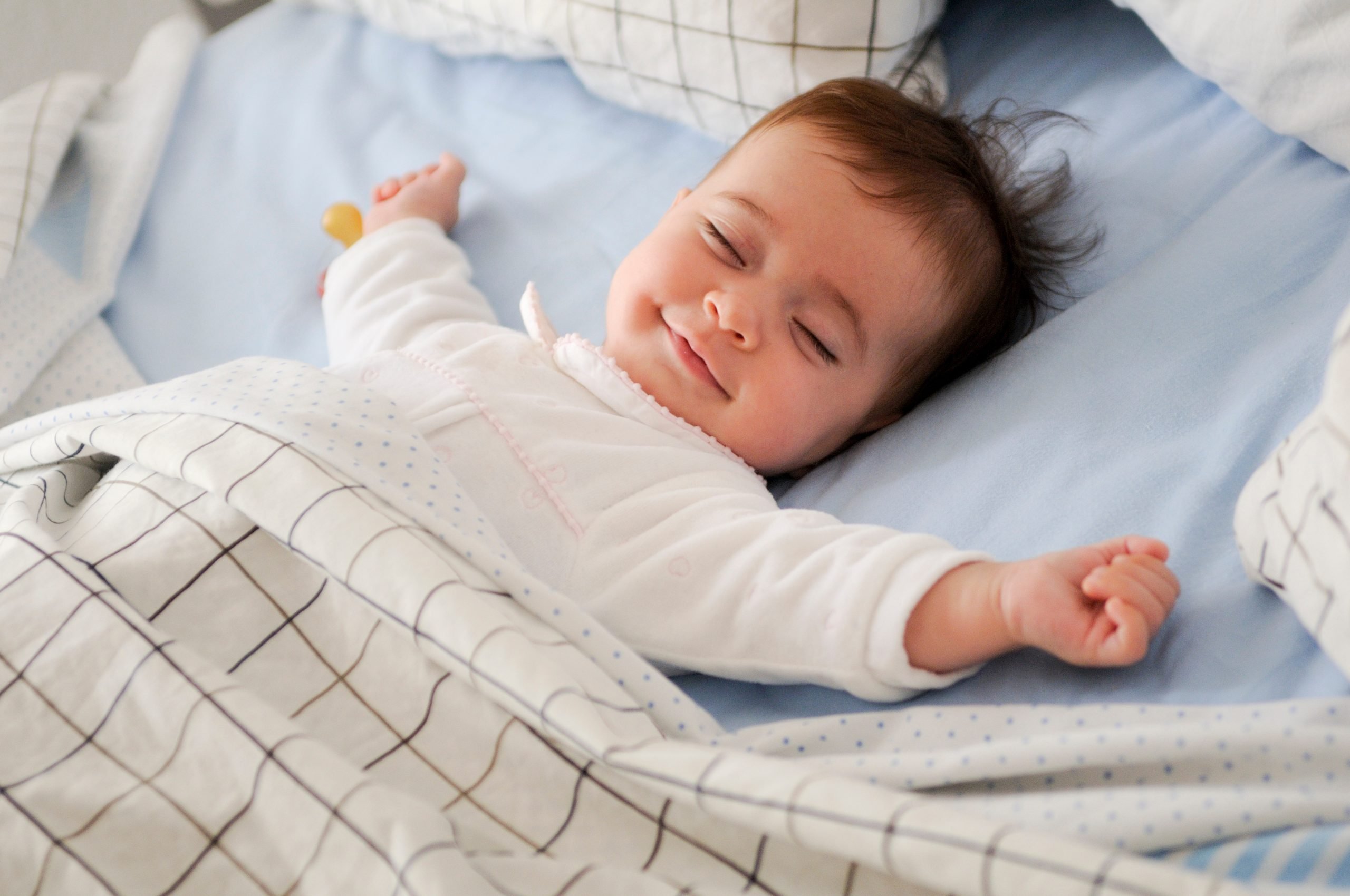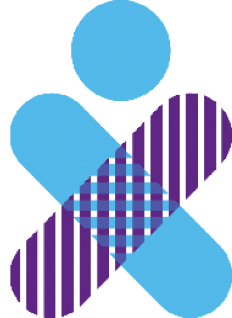Sleep Laboratory
First appointment
For referrals, please see details below.
Send your request
Sleep Laboratory
Our pediatric sleep medicine clinic and laboratory has a dedicated team of health care professionals (doctors, repiratory therapists, nurse and administrative agent) with specific expertise in sleep disorders in children.
First appointment
For physicians: Please complete the Pediatric Sleep Medicine Form below. Print it, sign it, and ask the family to submit it via the Referral Portal.
For patients: To request a consultation related to sleep-disordered breathing, please submit the Pediatric Sleep Medicine Form via our Referral Portal using this link.
The evaluation of sleep-disordered breathing may require diagnostic tests such as overnight oximetry or polysomnography. If necessary, these tests will be arranged by the sleep lab team in coordination with your first appointment, based on the reason for your consultation. Please note that testing is only available after a consultation request has been made.
Note: We do not accept consultation requests for children with sleep hygiene or sleep behavior issues.
Services
Our pediatric sleep medicine clinic and laboratory professionals offer the following sleep studies and expertise:
- Consultation with a sleep specialist for sleep disordered breathing (central and obstructive sleep apneas, hypoventilation etc.)
- Overnight home oximetry testing
- Overnight in-hospital sleep study (polysomnography)
- Home sleep apnea testing
Team
Our dedicated team of healthcare professionals from sleep and respiratory medicine (doctors, respiratory therapists, nurses and administrative agents) has specific expertise in respiratory troubles related to sleep in children.
Lori Seller
Manager, Respiratory and Anesthesia Services, RRT.
Aires Alago
RRT., Assistant Manager, Sleep Laboratory
Rosa DeLuca
RRT.
Penny Doucet
RRT
Chia-Lei (Lily) Guan
RRT.
Cecilia Melancon-Martinez
RRT.
Alice Pilot-Handfield
RRT.
Michelina Iorio
Administrative Agent
Shazia Khan
RN
Mathuri Kulasingam
Administrative Agent
Philip Van
RN
Overnight home oximetry
An oximetry test is done with a machine called a pulse oximeter. Overnight pulse oximetry is done at home to measure oxygen levels when a child is asleep. This helps us determine if there is disordered breathing during sleep.
The machine has a sensor which is like a band-aid with a light that measures the amount of oxygen in your child’s blood, as well as their heart rate all night. Upon review of the reason for the consultation, if the team thinks this information would be useful, this test will be organized within a few days before your appointment with the doctor. That way, when you come for your appointment, the test results will be available and can be reviewed by the doctor to help them evaluate your child’s breathing during sleep.
You will come to the Pediatric Sleep Laboratory to pick up the oximetry machine on the date given to you. You will be asked to complete a questionnaire. We have an instructional video to watch about how to use the oximetry machine, including how to place the sensor on your child’s toe and how to fill in the sleep log. This appointment will take about 30-40 minutes. Your child does not need to come with you to simply pick up the monitor.
At home that night, you will do the sleep test with the oximeter. You must return the oximetry machine to the Sleep Laboratory on the day of your appointment (usually within a few days). Your child MUST attend the medical appointment/consultation with the sleep specialist on the day you return the machine.
Polysomnography
A polysomnography is a more detailed sleep study that records more information than simply oxygen levels about your child’s sleeping and breathing patterns. It is done in the hospital and is used to investigate breathing problems during sleep.
- Multiple sensors will be applied to your child’s head, face and chest, and maybe legs. These sensors allow us to record many signals related to your child’s sleep and breathing.
- There are no needles involved in the set-up process. All sensors are applied with either tape or sticky cream, and these sensors do not hurt.
- The set-up of the polysomnography can take up to one hour. You will be with your child throughout the process.
- All children must be accompanied by a parent or caregiver overnight; a cot with linen is provided for one parent/caregiver and you will sleep in the same room as your child.
Procedure
Preparation
We recommend you bring the following items on the day of the test:
- Two-piece pyjamas (with no feet attached to the pyjamas and separate socks). All children must wear sleepwear.
- A list of all medications that your child is taking and any medication needed during the night or in the morning.
- If your child is on BIPAP/CPAP/Trilogy, the equipment, plus all accessories, including the mask, hose and humidifier.
- Formula, milk, snacks, dishes/cutlery: a fridge and microwave are available for parent/patient use. The Sleep Lab is an outpatient department, so hospital meal service is not provided.
- For gavage feeds: bring formula and the feeding pump.
- Personal toiletries and a change of clothes for the next day. The lab provides towels. Note that there is a bathroom with a sink, but no shower.
- Bring a special pillow, blanket, child’s toys or books, white-noise device or a music box, if desired.
Thoroughly wash your child’s hair before the sleep study. The white cream that holds the sensors in place is very sticky, but is easily removed with warm water and shampoo. If you prefer to do this at home, bring a hat for your child.
Adolescents are encouraged to shower and shave beforehand, if applicable.
Arrival
- The respiratory therapist will greet you in the Pediatric Sleep Laboratory at 6:30 p.m. Please ring the doorbell to announce your arrival.
- You will complete some paperwork.
- We will measure your child’s height and weight before starting the set-up at 7:30 p.m.
- Only one parent is allowed (and required) to stay with their child in the room overnight. A pull out cot is provided for your comfort
For patients: To request a consultation related to sleep-disordered breathing, please submit the Pediatric Sleep Medicine form via our Referral Portal using this link.
The evaluation of sleep-disordered breathing may require diagnostic tests such as nocturnal oximetry or polysomnography. If necessary, these tests will be arranged by the sleep lab team in coordination with your first appointment, depending on the reason for your consultation. Please note that testing is only available after a consultation request has been made.
Note: We do not accept consultation requests for children with sleep hygiene and/or sleep behavior issues.
Setup and wind down
- During the setup, reading is encouraged. Soft music can also be played.
- After the set-up, lights will be dimmed and then turned off. No phones, tablets or TV are allowed in the room during this wind-down period.
Sleep
- The RT will observe your child’s sleep and breathing the entire night.
- Once your child has fallen asleep, the RT may remove the bed covers so they can see their face, chest and sometimes their legs at all times. The temperature in the room is at a comfortable level.
- Remain in the room with your child, since the RT may require assistance from you. If you need to step outside, please advise the RT.
- Quiet activities and the use of digital devices with earphones are permitted, but no phone calls.
- If you snore, please advise the RT. You may be asked to move into another room as any noise interferes with your child’s study.
Waking up
- The wake-up process begins at 5 a.m. Removal of the sensors can take up to 20 minutes. You must leave the sleep laboratory by 5:45 a.m. If someone is coming to pick you up, you and your child can wait in the Atrium.
- Sometimes, as part of the sleep test, we will need to take a finger prick blood test in the morning upon waking
Results
The results of this test will be evaluated by the sleep specialist and sent to your doctor. Results that require more investigation or follow up will be arranged by our team. Patients that do not require ongoing specialized follow up will be returned to their own doctor.
Home sleep apnea testing
In some patients, a simple test that collects less information but can be useful in diagnosing sleep apnea can be done at home. The team will always suggest the best test to evaluate your child’s breathing during sleep. If this test is prescribed, the process is similar to the home oximetry test where you will pick up equipment at one appointment, do the test at home, and return the equipment the following day. Because these tests take longer to interpret, we cannot offer same day return/appointment in this case. The results of this test will be evaluated by the sleep specialist and sent to your doctor. Results that require more investigation or follow up will be arranged by our team. Patients that do not require ongoing specialized follow up will be returned to their own doctor
Cancellations
Please, notify the lab:
- if your child has any of the following symptoms prior to the test: fever, cold, diarrhea, skin rash, head lice or any other concerns.
- if your child has had a contagious illness within a week of their scheduled test.
- if for any other reason, you cannot attend your appointment.
Important:
- Before 3:30 p.m.: advise the administration agent;
- After 5:30 p.m., call 514-412-4400 extension 23130 to advise the RT.


